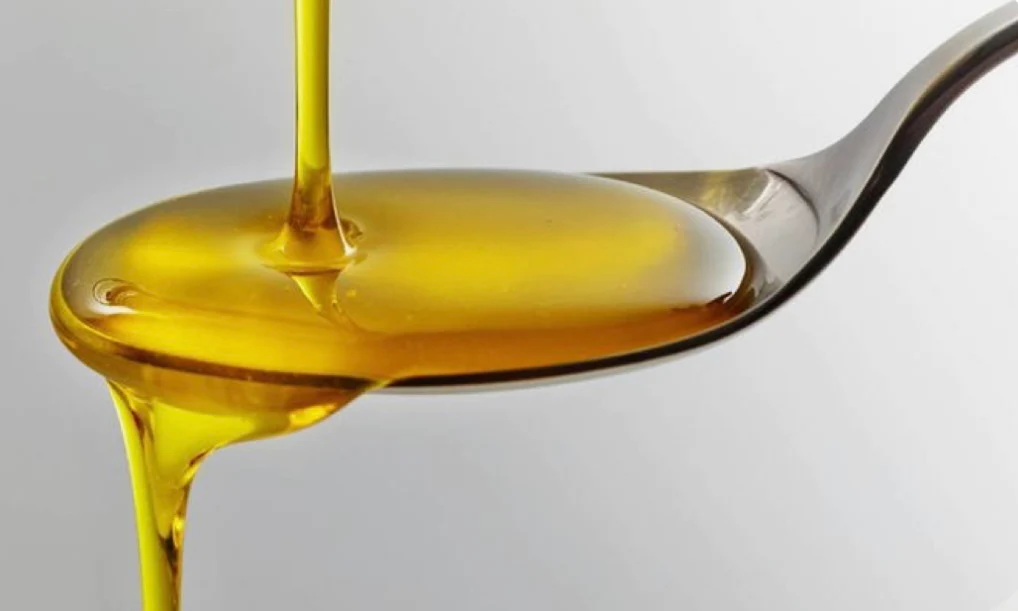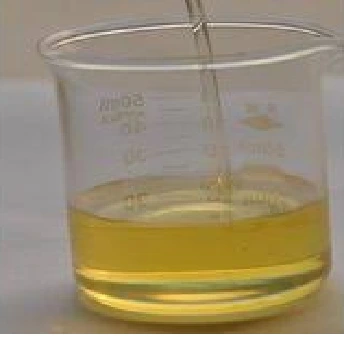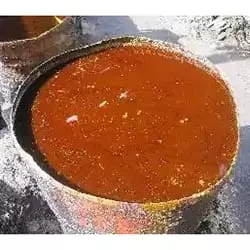月桂酸最低含量 98
|
IUPAC Name |
: Dodecanoic Acid |
|
Cas Number |
: 143-07-7 |
|
HS Code |
: 2915.90.90 |
|
Formula |
: C12H24O2 |
Basic Info
|
Appearance Name |
: White Flakes |
|
Common Names |
: Vulvic Acid; Laurostearic Acid |
|
Packaging |
: 25 Kg Bag |



---malaysia.webp)


 英语
英语
 印尼语
印尼语
 简体字
简体字
 العربية
العربية
 西班牙语
西班牙语
 法语
法语
 葡萄牙语
葡萄牙语
 日本語
日本語
 한국어
한국어
 Tiếng Việt
Tiếng Việt
